This is a response to Amaury Dorin’s post: https://blogs.ubc.ca/amaurydb/2013/11/17/is-apple-going-mad-or-to-the-contrary-being-brilliant/
Apple Inc. is probably one of the most known multinational corporations on the globe and with its increasing popularity it never fails to prevail. After being intrigued by reading Amaury’s blog post about how Apple’s iPad pricing policies have affected them, it struck me that, to some extent I agree with what he has to say.
Almost all of the products that Apple Inc.’s. has ever innovated or produced have been priced at a ‘premium’ price. Apple can afford to charge premium prices, but only because of it’s well established customer loyalty and well repudiated brand image. Their customers know how distinctive and differentiated their products are, compared to its competitors and thus are more than willing to pay higher prices. In addition, Apple also needs to cover its Research and Development costs as well as any other costs they might have incurred during the development of the product.
Amaury correctly highlights how Apple is able to charge a premium price for its products such as the iPad due to its brand image. However I don’t believe they made an error, as if they would have charged lower prices, their customers would have ‘physiologically’ thought that since it was ‘cheaper’ it wouldn’t be of high quality.
Source: http://www.businessweek.com/videos/2013-10-23/did-apple-make-a-huge-error-on-ipad-pricing
Post: https://blogs.ubc.ca/amaurydb/2013/11/17/is-apple-going-mad-or-to-the-contrary-being-brilliant/
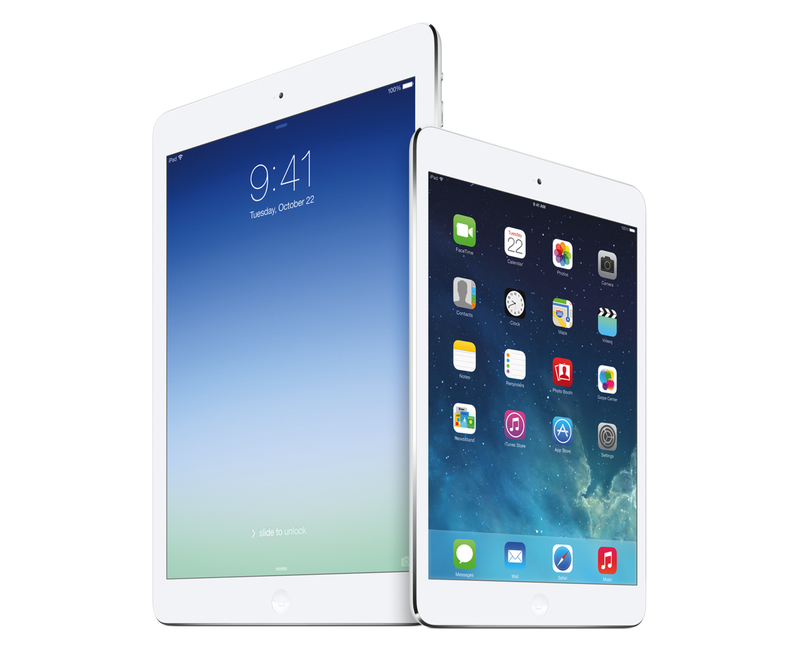
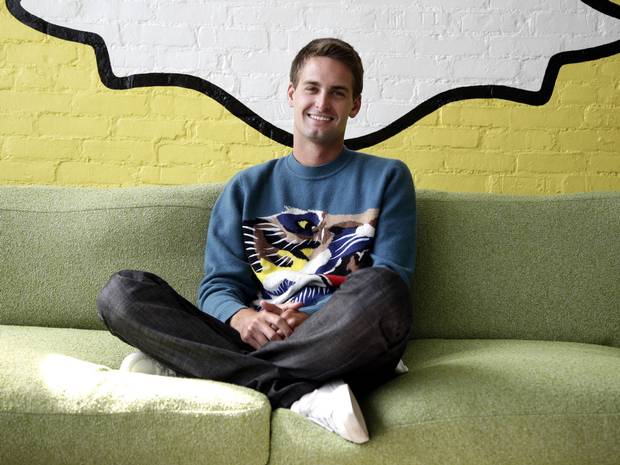
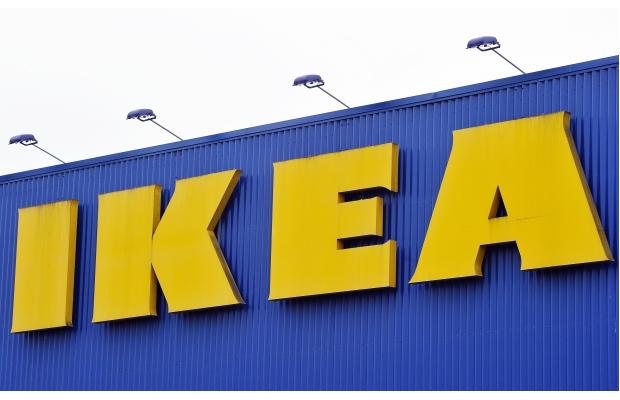
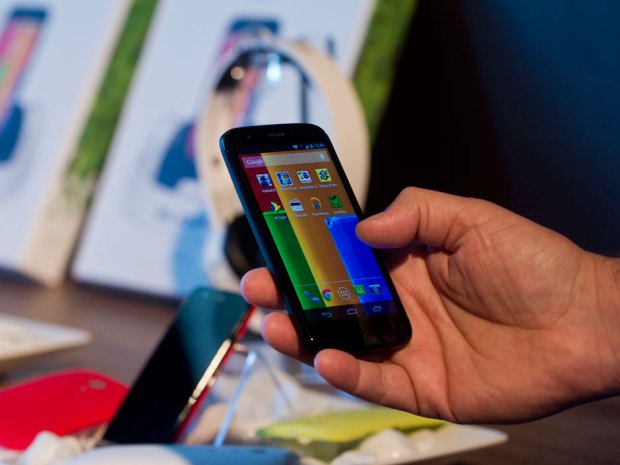

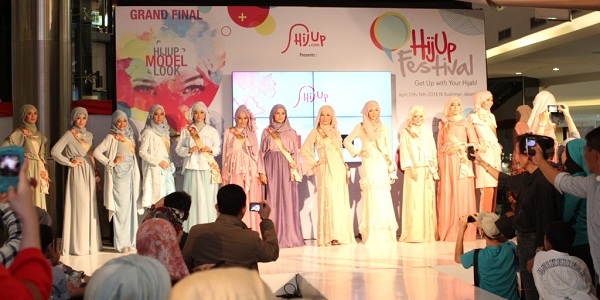
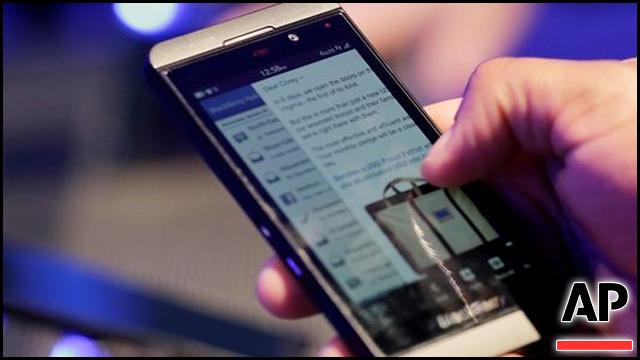


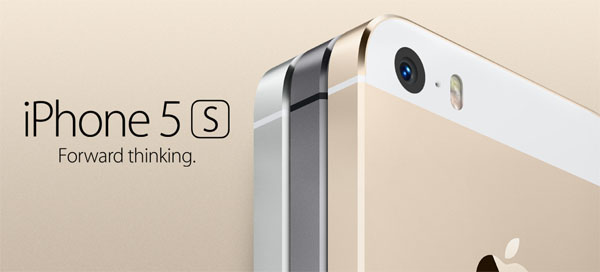
Recent Comments